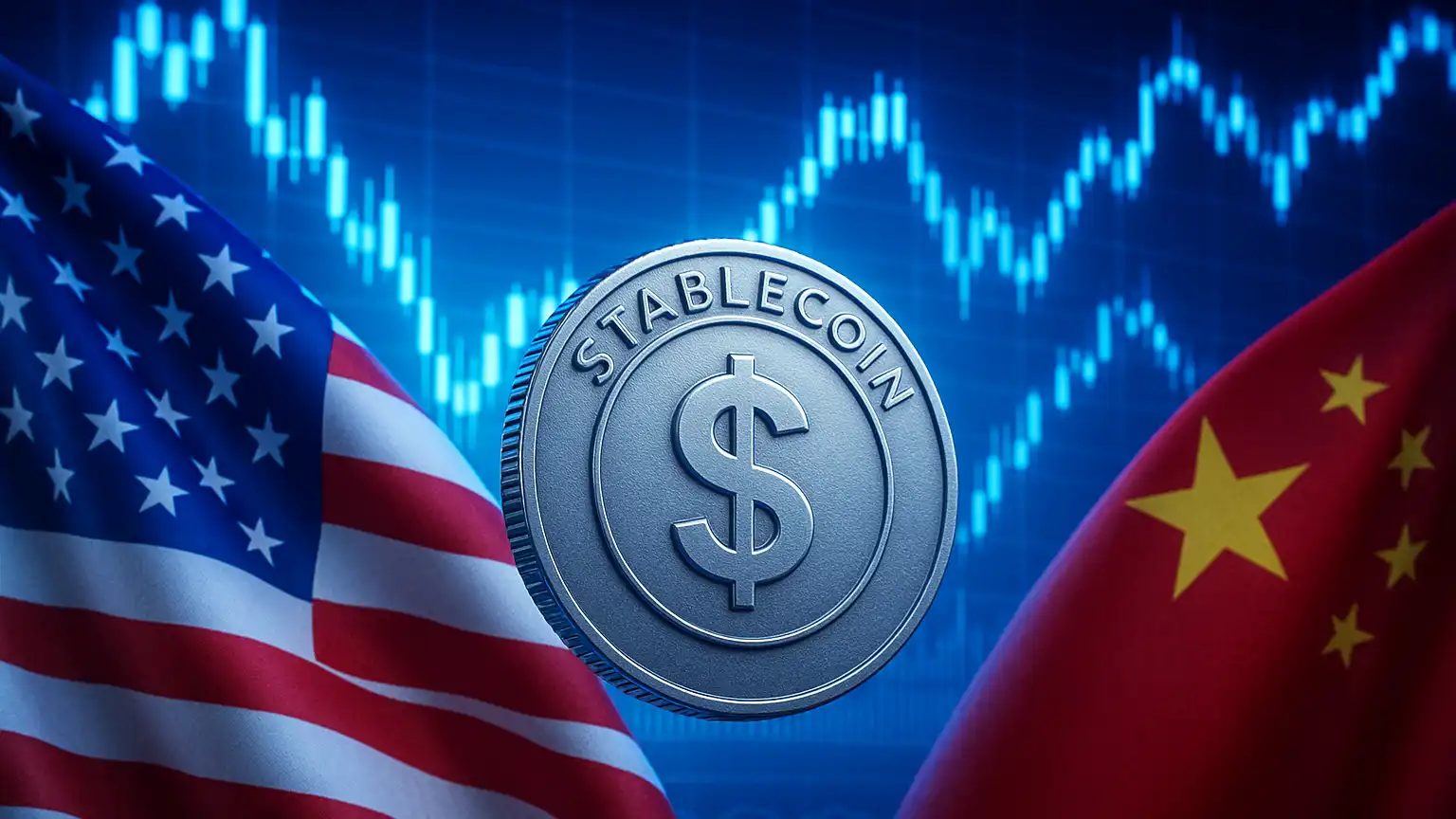
Digital Fault Lines: How Stablecoins Turned the U.S.–China Rivalry Into a Monetary Cliff-Hanger
The first alert landed on Chinese crypto WeChat groups just after dawn: the People’s Bank of China had reiterated that “2017 measures” against virtual currencies were still the law of the land. By noon, OTC desks from Shenzhen to Chengdu were field-ing frantic calls, and by dusk the governor of the PBoC, Pan Gongsheng, was on state television describing stablecoins as a “latent threat” to monetary sovereignty. Twenty-four hours earlier, across the Pacific, U.S. lawmakers were toasting the freshly passed GENIUS Act—a bill that, for the first time, gives dollar-pegged tokens a regulatory runway. The juxtaposition felt less like coincidence and more like a narrative beat in a thriller, one in which the world’s two largest economies race to rewrite the future of money.
The Spark: A Tale of Two Test-Beds
Beijing’s relationship with crypto has always been a study in contradictions. It banned centralized exchanges in 2017, chased away miners in 2021, yet quietly built the most advanced central bank digital currency pilot on the planet—the e-CNY, now logging more than ¥14 trillion in transactions. Insiders say the pilot was approaching “phase two,” in which commercial banks beyond the Big Four would be drafted in. But the mood shifted when analysts at the State Administration of Foreign Exchange published a paper warning that dollar-backed stablecoins had become “shadow eurodollars,” exporting U.S. monetary policy on algorithmic rails. That language resurfaced, almost verbatim, in Pan Gongsheng’s televised remarks this week.
Meanwhile, on Capitol Hill, the GENIUS Act raced through a divided Congress with unusual velocity—helped, lobbyists whisper, by the geopolitical undertone that letting Tether and USDC languish in legal grey zones was now a national-security mistake. The bill does three things: compels issuers to hold verifiable one-to-one reserves, grants them access to Federal Reserve master accounts via narrow-bank charters, and carves out a path for FDIC insurance on tokenized deposits. In short, it wraps the dollar in code and drapes that code in the U.S. flag.
The Split Screen: Crackdown Versus Codification
That same code is what makes Beijing nervous. Stablecoins, Chinese officials argue, evade capital controls, blur customer-identification rules, and amplify dollar hegemony. The PBoC’s solution is twofold: double down on enforcement—joint task forces with the Ministry of Public Security were announced within hours of Pan’s speech—and accelerate research funding. Grants of up to ¥300,000 were opened this month for academics studying “cross-border stablecoin monitoring systems,” an ironic nod to the very technology they distrust.
For U.S. policymakers, however, stablecoins are no longer a bug in the global system but a feature. House Financial Services Chair Monica Whitaker framed the GENIUS Act as “the space race, but for programmable money.” Treasury officials privately concede they will lean on these tokens to settle near-real-time cross-border trades, a functionality the legacy banking system still struggles to match. In other words, Washington is codifying what Beijing is criminalizing—and both believe they are protecting sovereignty.
Why “Early Stage” Matters
Pan’s claim that stablecoins are “still in their early stages” is more strategic than descriptive. By labeling them immature, regulators preserve a logic for heavy-handed control, buying time for the e-CNY to scale. Yet the data tell a different story: on-chain analytics firm Glassnode estimates that monthly stablecoin settlement volume now dwarfs PayPal’s global throughput. Far from early, the market feels adolescent—awkward, volatile, but undeniably strong. The question isn’t whether the technology works; it’s who sets the rules of engagement.
What to Watch: Monetary Cold War or Convergence?
Veteran China watchers suspect the next flash point will be Hong Kong. The city’s embryonic stablecoin framework—lighter than Beijing’s but stricter than Washington’s—could become a proxy battleground. If licensed issuers there secure U.S. dollar banking channels, the PBoC may tighten capital-outflow screws even further. Conversely, a clampdown could push offshore yuan-backed stablecoins into the arms of Southeast Asian exchanges, eroding control from another flank.
On the U.S. side, the GENIUS Act still requires the Treasury to finalize AML rules within 180 days. Should those rules resemble bank-grade compliance, Tether-like offshore entities may face a stark choice: register or retreat. Either path rewires liquidity flows and re-prices risk across the crypto landscape.
For now, the world watches two laboratories running parallel experiments on programmable money. One wields the carrot of regulatory clarity; the other, the stick of enforcement plus a state-backed alternative. The outcome will shape not just the crypto markets but the very plumbing of global trade. And in this high-stakes drama, every new bill, ban, or beta launch is another plot twist, nudging us closer to the climax: a decisive verdict on who will own the next generation of digital value.
